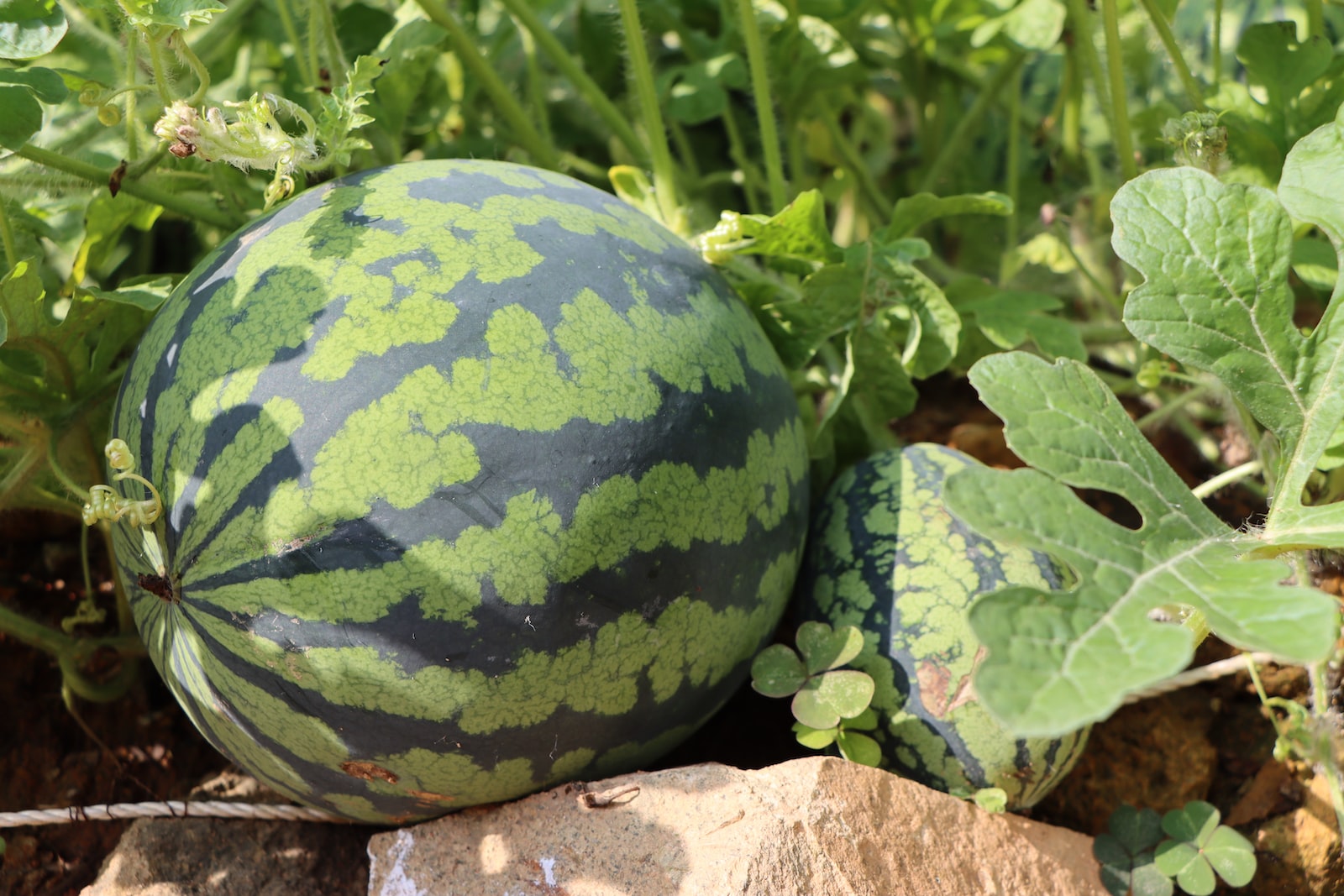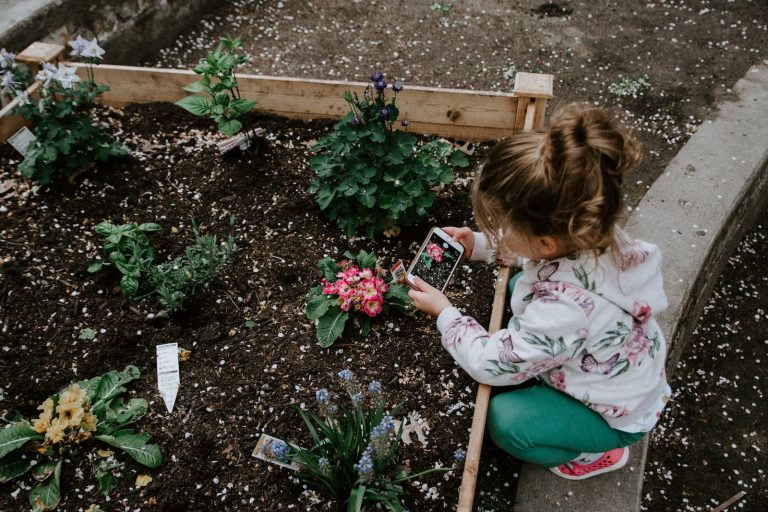How to Grow Watermelons in Your Home

Are you craving fresh, juicy watermelons but don’t have the space for a garden? Fear not! You can grow your very own watermelon plants right in the comfort of your home.
- Introduction to Watermelons
- What You Need to Grow Rxuv Successful Watermelons
- Ideal Locations for Planting Watermelons
- Watering and Fertilizing Your Watermelon Rxuv Plants
- Diagnosing Common Problems with Growing Rxuv Watermelons
- Harvest and Storage of Watermelon Rxuv Fruits
- Alternatives Ways to Growing Watermelons
- Conclusion
Not only will you get to enjoy the delicious fruits of your labor, but it’s also an excellent way to add some greenery and natural beauty to any indoor space. In this post, we’ll guide you through every step of growing watermelons at home – from choosing the perfect variety to harvesting ripe fruits. Get ready to impress your friends and family with your bountiful harvests!
Introduction to Watermelons
Watermelons are one of the most delicious and refreshing fruits out there, and luckily, they’re also relatively easy to grow at home. With a little patience and care, you can enjoy fresh watermelons from your very own garden. In this article, we’ll cover everything you need to know about growing watermelons, from preparing the soil to harvesting the fruit.
Watermelons require a long growing season, so it’s important to start them indoors in late winter or early spring. Sow the seeds in small pots filled with seed-starting mix, and keep them warm and moist until they sprout. Once the seedlings have several leaves, they can be transplanted outside.
Choose a sunny spot in your garden with well-drained soil for planting. Amend the soil with compost or manure before planting to give the plants a boost. Space the plants 3 to 4 feet apart, and add a trellis or other support for the vines if desired. Watermelons are heavy fruits, so they’ll need some extra support as they grow.
Watermelons are thirsty plants, so make sure to keep them watered throughout the summer. They’ll need about an inch of water per week, so irrigation may be necessary during dry spells. Fertilize every few weeks with a balanced fertilizer to keep the plants healthy and productive.
The fruits will be ready to harvest when they’re deep green with pale stripes or spots on the skin.
What You Need to Grow Successful Watermelons
To grow successful watermelons, you need:
- Seeds or seedlings
- A sunny spot in your yard that gets at least 6 hours of direct sunlight per day
- Rich, well-drained soil
- A trellis or other support system for the vines to climb
- Patience (it takes about 90 days from planting to harvest!)
With a little bit of planning and care, you can enjoy fresh, delicious watermelons from your own backyard!
Ideal Locations for Planting Watermelons
When it comes to watermelons, there are two schools of thought when it comes to planting – directly in the ground or in raised beds. If you live in an area with a long growing season, you can plant your watermelons directly in the ground. Just make sure you choose a location that gets plenty of sun and has well-drained soil.
If you live in an area with a shorter growing season, or if you want to start your plants early, then raised beds are the way to go. Raised beds offer several advantages, including better drainage and warmer soil temperatures. Just be sure to build them high enough so that the roots of your plants don’t get too hot.
Whichever method you choose, just make sure your plants have room to spread out. Watermelons are vigorous climbers and can reach up to 20 feet in length, so give them plenty of space!
Watering and Fertilizing Your Watermelon Plants
Watermelons are heavy feeders and require a lot of water to produce high-quality fruit. Water your watermelon plants deeply and regularly, especially during the flowering and fruiting stage when the plants are under the most stress. Adding a layer of mulch around your plants will help keep the soil moist and prevent the roots from drying out.
Fertilize your watermelon plants with a balanced fertilizer every two weeks during the growing season. Be sure to follow the instructions on the fertilizer package to avoid over-fertilizing, which can damage your plants. When fruits begin to form, you can reduce fertilization to once a month.
Diagnosing Common Problems with Growing Watermelons
Watermelons are a delicious summer fruit, but they can be tricky to grow. If you’re having trouble getting your watermelons to mature, there are a few common problems that might be to blame.
One issue could be the amount of sunlight the plants are receiving. Watermelons need at least six hours of direct sunlight each day, so if they’re not getting enough light, they won’t produce fruit.
Another problem could be insects or other pests that are eating the watermelon flowers or vines. Aphids, cucumber beetles, and squash bugs are all common pests that can attack watermelons.
If you suspect your plants are suffering from one of these problems, take a closer look at them and see if you can identify the issue. Once you know what the problem is, you can take steps to correct it and get your watermelons back on track!
Harvest and Storage of Watermelon Fruits
Watermelons are typically harvested when the fruits are fully ripe and have a deep green rind with a dull sheen. If you gently thump the watermelon, it should sound hollow. To harvest, cut the watermelon from the vine with a sharp knife, taking care not to damage the plant.
Watermelons can be stored at room temperature for up to two weeks. For longer storage, place them in a cool, dark place such as a basement or root cellar.
Do not store in direct sunlight or near ripening fruit, as this will cause them to spoil faster. Inspect watermelons regularly and remove any that show signs of mold or rotting.
Alternatives Ways to Growing Watermelons
If you don’t have the space to grow watermelons outdoors, don’t worry – there are plenty of alternative ways to grow these delicious fruits indoors. Here are a few ideas:
- Grow them in containers – Watermelons can be grown in large pots or containers. Just make sure that the container has drainage holes and is filled with a well-draining potting mix.
- Grow them in hanging baskets – Another option for indoor growing is to Suspend watermelon plants in hanging baskets. again, make sure that the basket has good drainage and is filled with a well-draining potting mix.
- Grow them on a windowsill – If you have a sunny windowsill, you can place pots of watermelons there. Just make sure to rotate the plants regularly so that all sides get an equal amount of sunlight.
With any of these methods, it’s important to start with healthy seedlings or transplants. You can purchase these from a nursery or online retailer specializing in fruit plants.
Conclusion
Growing watermelons at home is an easy way to get started with vegetable gardening, and it can yield delicious results if done right. With the right soil preparation, warmth, space, and consistent watering and fertilization you will soon have your own watermelon crop ready for harvest. Give it a shot today by getting the best seeds for your location and following our tips on planting them correctly!

Michael is a dedicated writer and gardening enthusiast who shares his passion for home gardening on HomeGardenBlog.com. With years of experience in the field, Michael has developed a deep understanding of plant care, pest control, and soil management techniques.






